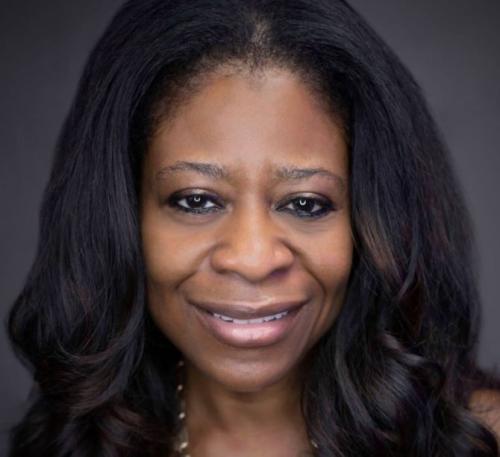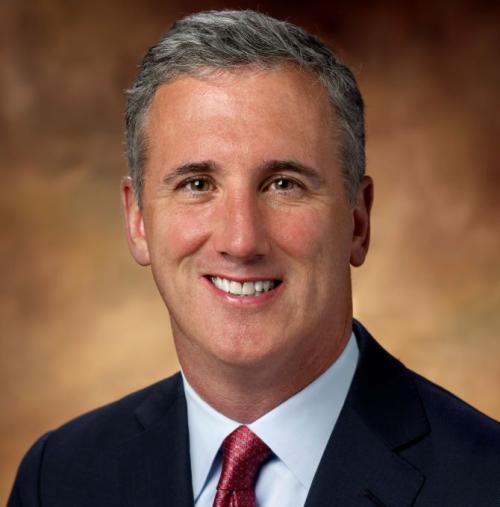Target wins award for Best Proxy Statement (Large Cap)
Target’s award for best proxy statement (large cap) came down to the company’s decision to focus on straightforward content rather than trying to dazzle with its visual presentation. That was critical in light of the many challenges the retailer faced in the months leading to its annual shareholders’ meeting last year, including a cyber- attack that compromised the credit card information of at least 40 million customers. Many of these challenges stemmed from the company’s expansion into Canada and Gregg Steinhafel’s decision to step down as CEO and president and resign from his board seat.
‘So many proxies are iterative over time and build on what you’ve done before, but we knew that if everything was exactly how we had done it before, it might appear as if we were ignoring the reality of what we were facing,’ says senior corporate counsel Andrew Neuharth. ‘We decided the best way to approach it was with an introductory letter from our interim independent chair, Roxanne Austin, which talked about our performance and the key issues we faced. It was a great way to set the scene for the rest of the disclosures that came about.’
As well as the introductory letter, Target provided a clear table of contents and an easy way to navigate between various sections of the proxy. The executive summary in the compensation discussion and analysis (CD&A) section featured a concise yet thorough explanation of the recent leadership changes and Target’s shareholder outreach campaign in response to a very low 52 percent support level for its 2013 say-on-pay proposal and subsequent revisions to its compensation program based on shareholders’ feedback.
‘The timing of [the CD&A] was right around the time we would normally be filing our proxy, so we actually filed it a little later last year just so we could have a very up-to-date disclosure of everything that was going on,’ says Neuharth. ‘Obviously, it was important to describe the events that changed any subsequent decisions.’
Aside from the changes, the company saw a need to highlight how much it values the input it gets from shareholders. ‘You’ll see that particularly in the CD&A,’ says Neuharth. ‘We wanted to get it right and be responsive to the critiques we’ve heard from shareholders, as well as continuing to enhance existing practices that they already find favorable.’
The proxy also makes greater use of tables and compartmentalized sections because not everybody reads the entire document, says Neuharth. The Q&A section was conceived as a communication tool for people who may not be so familiar with the proxy, such as retail investors. As a result, its language was altered for more clarity and it was placed near the back because ‘we’re a little more institutionally held and they’re probably less interested in that.’








